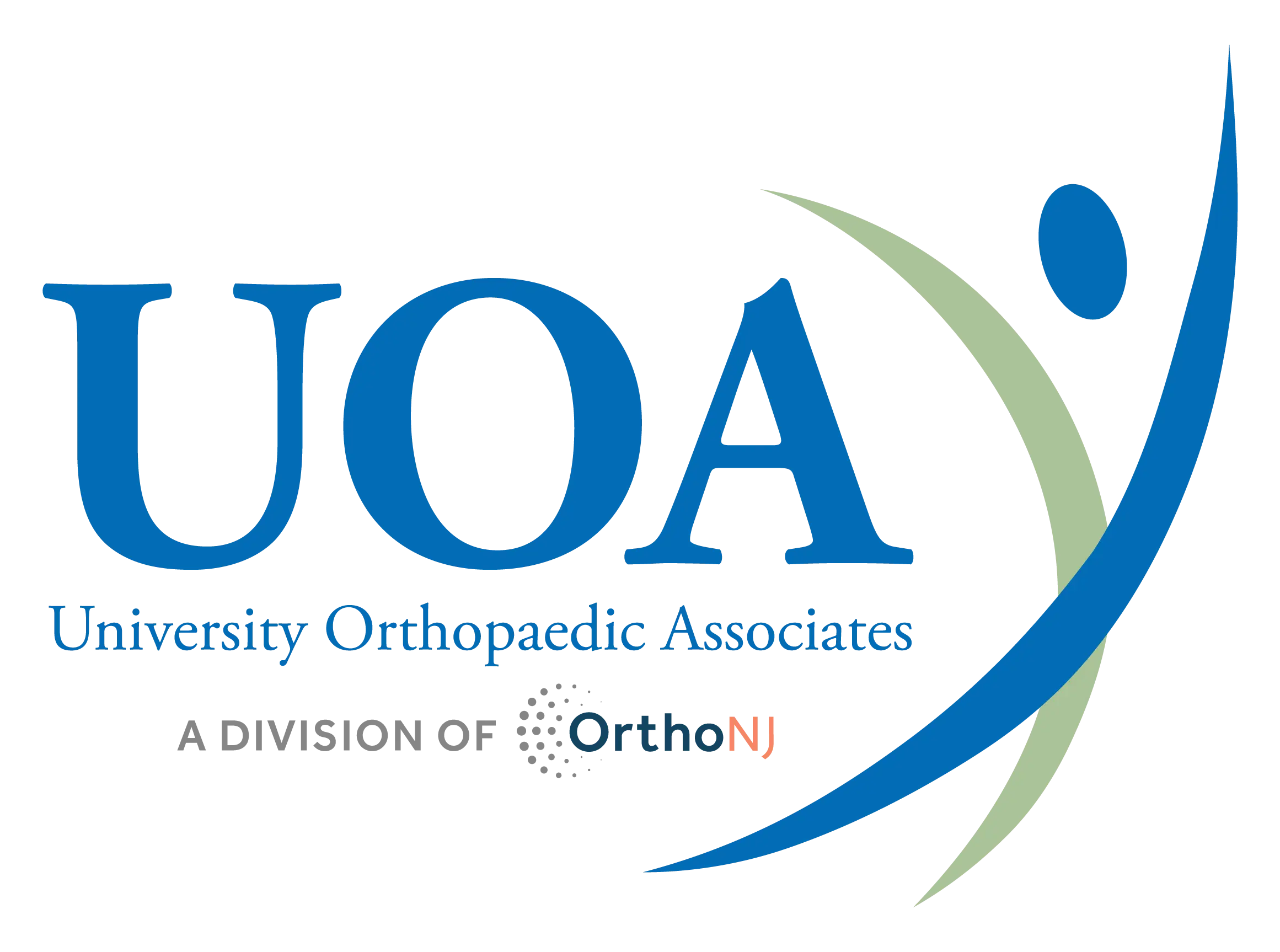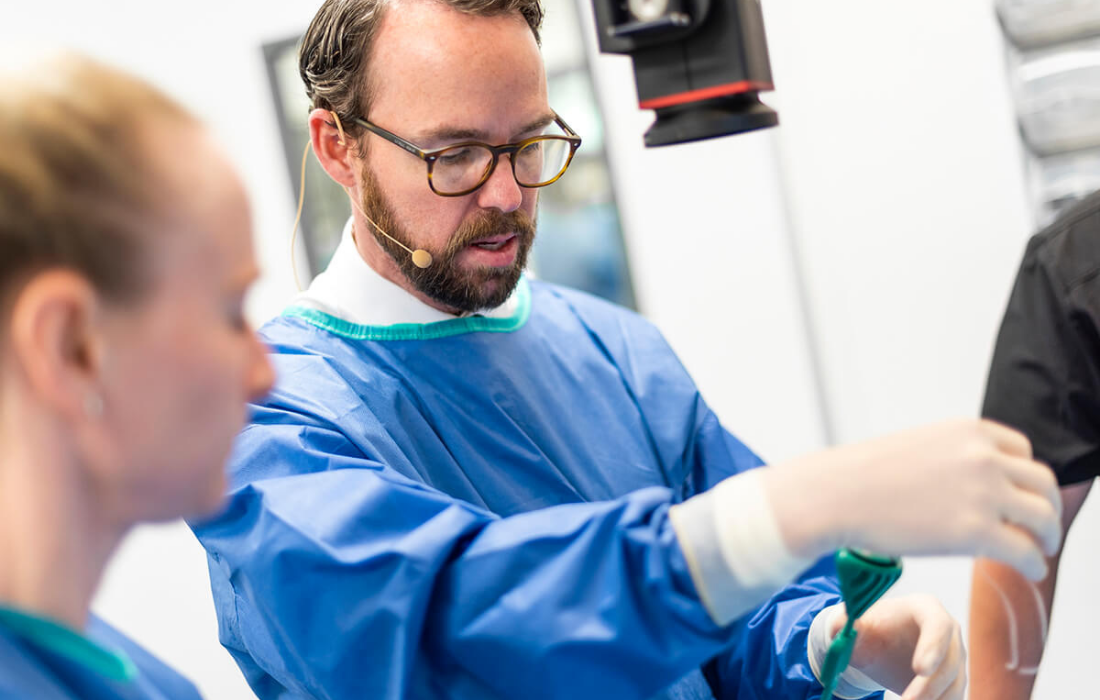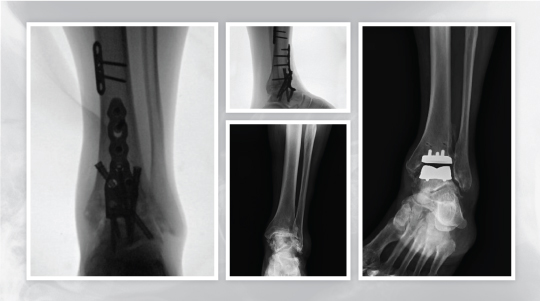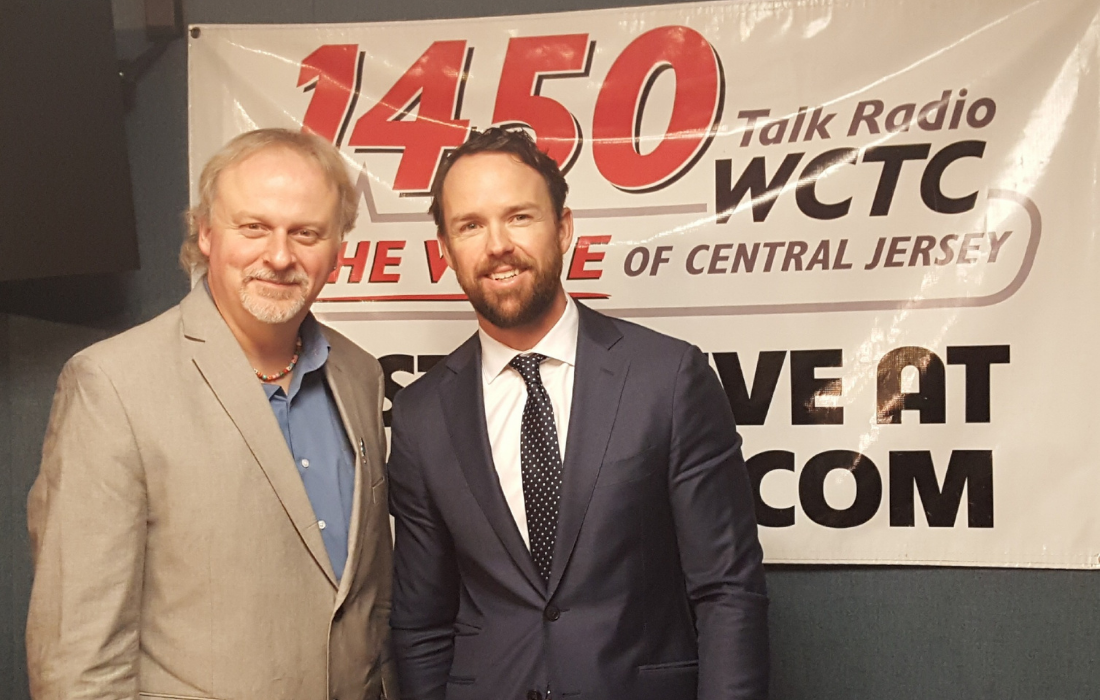A bunion is an angular deformity of the great toe that can make wearing shoes and walking painful. There are numerous nonoperative treatments that can help improve bunion pain, but these interventions may not offer sustained relief. When symptoms persist, a surgical correction of your bunion may be indicated. The surgeons at University Orthopaedic Associates can perform minimally invasive bunion corrections resulting in excellent deformity correction with less postoperative pain and swelling.
What Is a Bunion?
A bunion deformity, also called hallux valgus, forms when your great toe, or hallux, turns inward towards the lesser toes on the same foot. This can result in pain and/or difficulty fitting into shoes.
Bunions typically progress slowly over time. Wearing shoes with a wide toe box, using a toe spacer and padding painful areas can lessen bunion pain. However, these treatments will not permanently correct a bunion and are unlikely to slow the progression of deformity. While bunions commonly cause pain at the great toe, they can also cause pain and deformity elsewhere in the foot, such as:
- Hammertoes
- Crossover toes
- Metatarsalgia
Angular deformities aren’t exclusive to the great toe. The little toe, or 5th toe, can also develop a painful prominence that is called a bunionette.
What Causes Bunions?
Bunions can have many root causes, which are often different for each patient. Some lifestyle factors can contribute to bunion development and progression. Potential causes or contributing factors include:
- Wearing high-heeled shoes
- Wearing shoes with a narrow toe box
- Toe injury (tearing of the joint capsule or supporting ligaments)
- Family history of bunions
- Ligamentous laxity
- Medical conditions such as rheumatoid arthritis that affect the joints in the foot
It is important that your doctor understands the potential cause(s) of your bunion, as these factors can help to determine the best treatment options.
Minimally Invasive Bunion Surgery at UOA
At UOA, our foot and ankle specialists can perform minimally invasive bunion surgery to correct your bunion deformity. This surgery involves making small incisions in the skin and using a 2-millimeter surgical tool to cut and realign the bones of the great toe. After correcting toe alignment, our surgeons stabilize the toe by inserting screws through small incisions.
This minimally invasive procedure causes less post-operative pain than traditional open bunion surgery, and often results in a quicker recovery time. The minimally invasive approach also results in smaller scars than a typical bunionectomy procedure.
Bunion Surgery Recovery
With minimally invasive bunion surgery, patients typically have less post-operative pain and swelling. Immediately after surgery, you can put weight on your heel while wearing a post-operative surgical boot to protect your foot. Most people return to normal shoes about eight weeks after surgery, and can begin low impact exercise (biking, swimming) at that time.
Not everyone is eligible for minimally invasive bunion surgery. Talk to your surgeon about whether your bunion can be corrected with this technique.
If you have a bunion you want treated or another orthopaedic condition, contact the foot and ankle specialists at University Orthopaedic Associates. Our surgeons can help you understand the best treatment when you schedule a consultation.




